Building Materials
- Home
- Building Materials
All types of aggregate - cement limes
All types of aggregates, such as cement and lime, are essential for construction projects, from small home projects to large engineering works. Aggregates include crushed and natural materials, which are combined with cement to produce high-strength concrete. Lime, on the other hand, is used for soil stabilization, providing high flexibility and durability under various weather conditions.
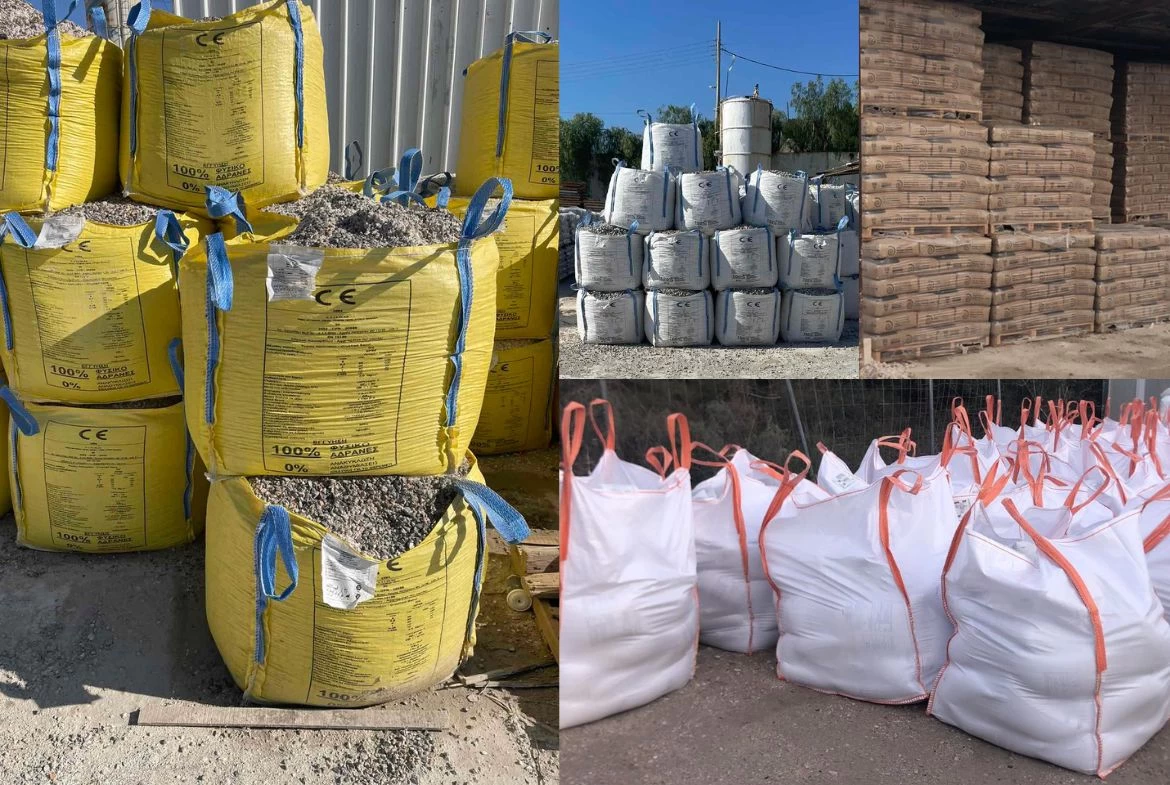
Stone (Slabs)
Stone or natural slabs are materials sourced from nature, commonly used for covering floors, walls, and other surfaces. They offer exceptional durability and longevity, adding unique aesthetics to both interior and exterior spaces. Slabs come in various types, such as marble, granite, slate, and limestone, providing a range of textures and colors to match the requirements of each project.
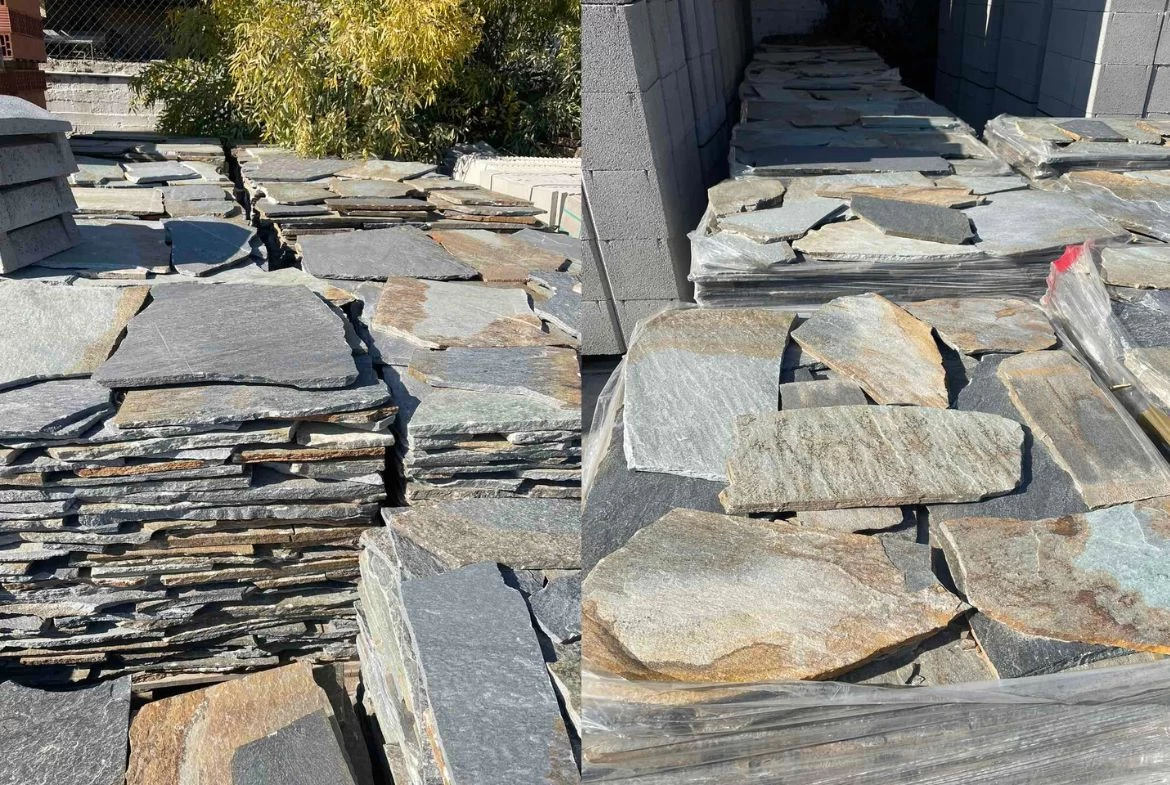
River sand
River sand is a natural material sourced from riverbeds, known for its fine and smooth texture. Due to its rounded grains, it offers excellent durability and is widely used in construction, particularly in concrete and plaster. River sand is popular for its purity and mechanical properties, as it enhances the strength and quality of constructions.

Insulators (Polystyrene - Coated)
Insulating materials are essential for the energy efficiency of buildings. Polystyrene and liquid-applied insulation are two popular options for thermal insulation. Polystyrene, available in forms like expanded (EPS) and extruded (XPS), is lightweight and effective, offering excellent thermal insulation, moisture resistance, and easy application. On the other hand, liquid-applied insulation is applied directly to surfaces, forming a seamless and waterproof layer that protects against both heat and cold. Both types of materials provide long-term durability and high energy efficiency, contributing to reduced heating and cooling costs.
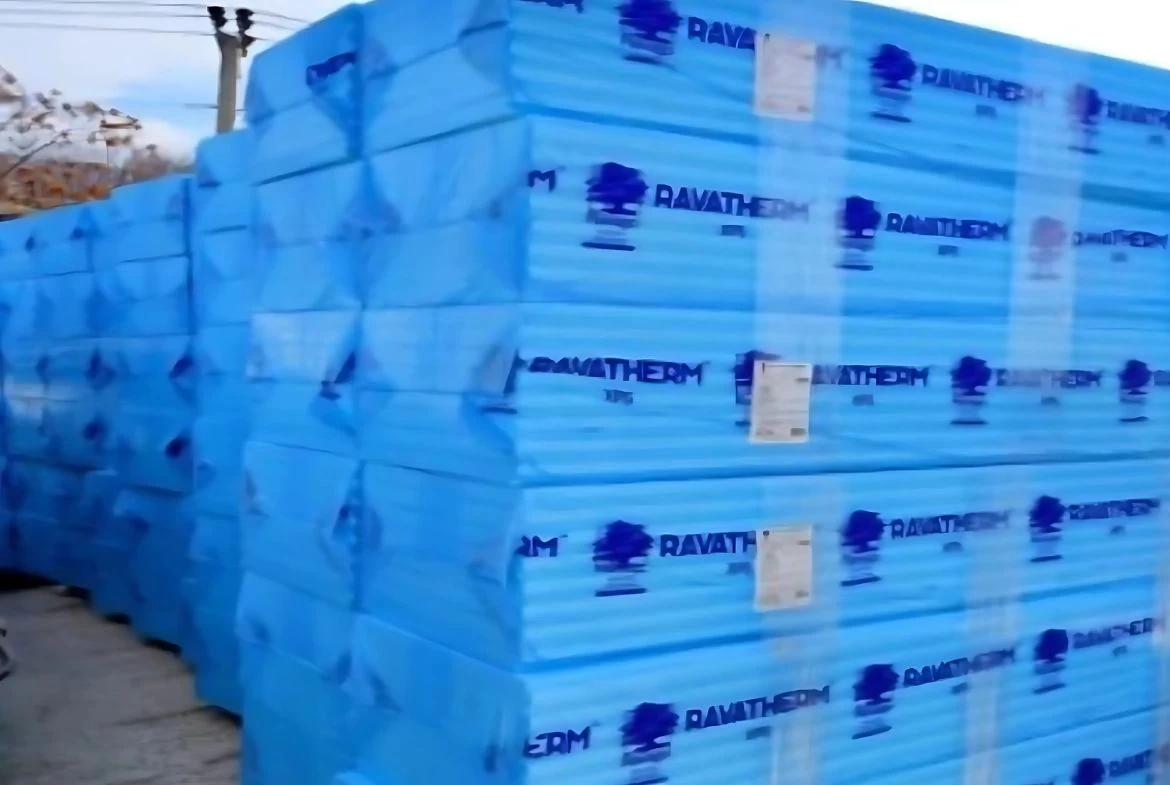
Manholes - Caps
Pits and their lids are critical components of sewage and sanitation systems. Pits, used for waste storage, need to be kept clean and safe. Their lids, typically made from durable materials, provide protection and prevent soil and water pollution. It’s essential to inspect the lids for any damage or wear to ensure proper functioning and safety of the installation. Proper maintenance of pits and their lids contributes to environmental protection and public health.

Irons - Grids
Steel and mesh are fundamental materials in structural engineering and construction. Steel is primarily used to reinforce concrete, providing strength and stability to buildings and infrastructure. The quality and durability of steel are critical for the safety of constructions. On the other hand, mesh, which is usually made from metal or plastic, is used in various applications, such as fencing, agricultural production, and industrial uses. The proper selection and application of steel and mesh ensure the effectiveness and long-term sustainability of constructions.
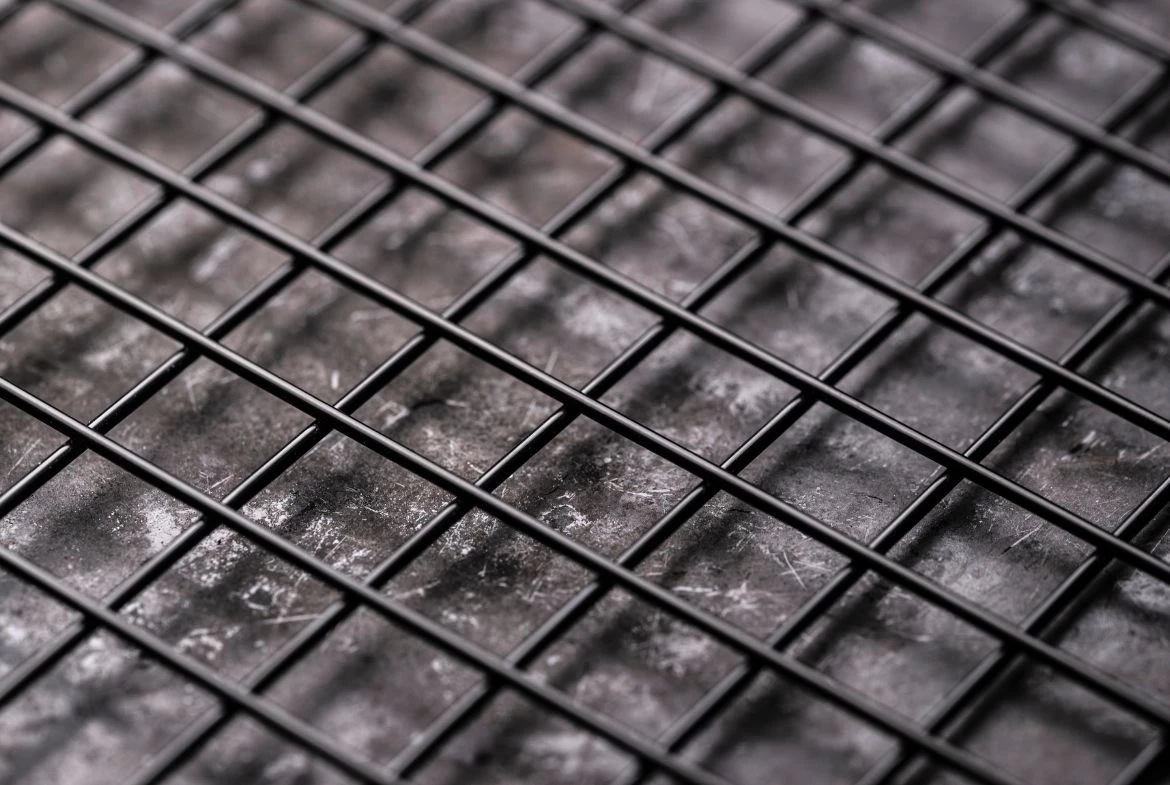
Bricks - Cement products
Bricks and cement products are fundamental materials in the construction industry. Bricks, traditionally made from clay or earth, provide excellent strength, thermal insulation, and soundproofing. On the other hand, cement products, such as concrete slabs and walls, are popular due to their durability and ease of use. By combining these materials, constructions achieve stability and aesthetics, making them ideal for homes, industrial facilities, and public works. The choice of suitable material depends on the project requirements and the climatic conditions of the area.
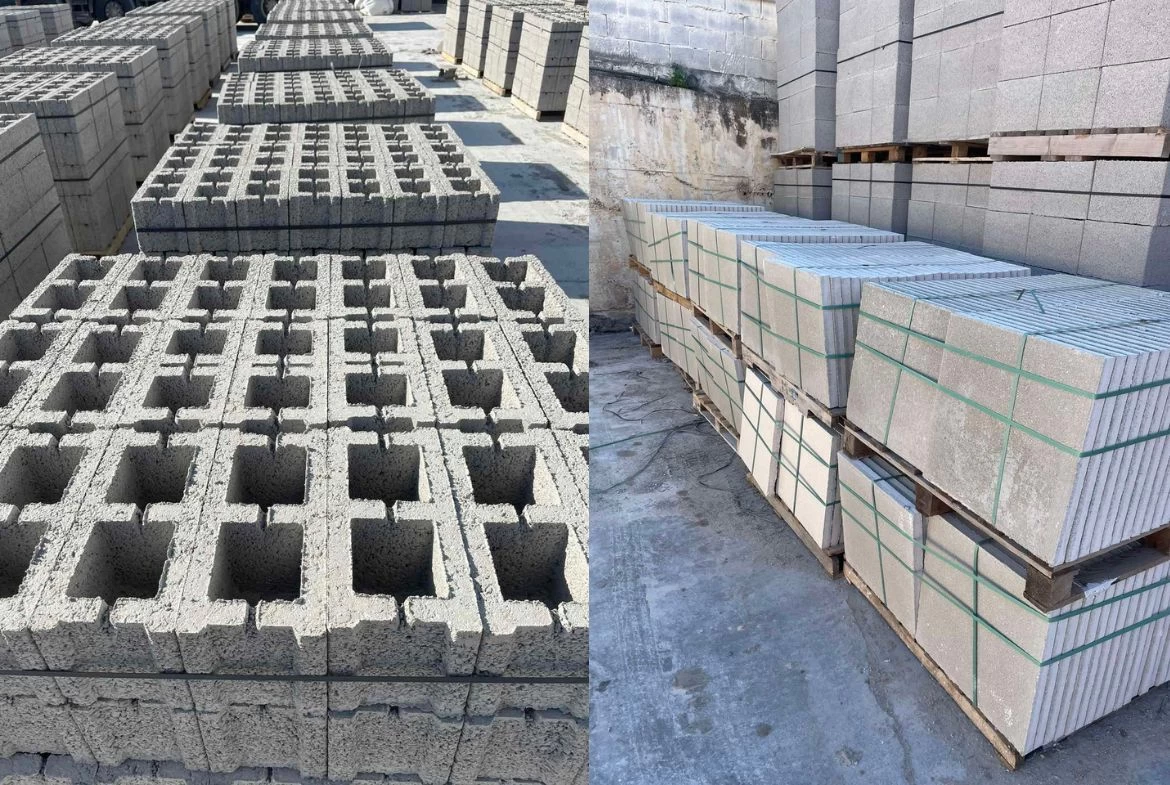
Aggregate from recycled
Recycled aggregates are materials that do not undergo any chemical reaction during their use. They are often utilized in construction, such as in concrete, providing durability and stability. Recycling these materials helps reduce waste and the consumption of raw materials, promoting a more sustainable approach in the construction industry. By utilizing recycled aggregates, we can decrease the ecological footprint of buildings and advance the circular economy.
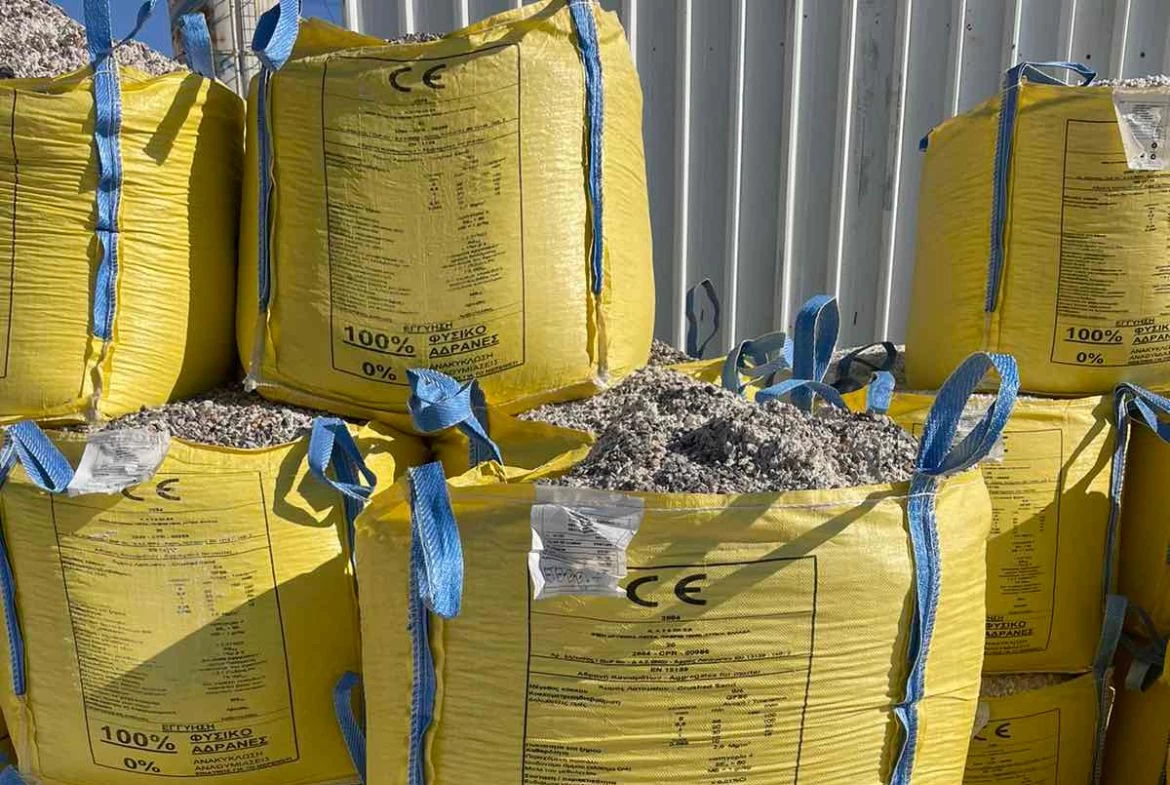
Supply of stone of all kinds
The supply of all types of stone is essential for a variety of applications, ranging from construction and civil engineering projects to decorative elements for gardens and interiors. Stones like granite, marble, and limestone offer durability and aesthetic appeal, available in various shapes and colors. Choosing the right stone depends on the specific project requirements, location, and budget. Partnering with reliable suppliers ensures quality materials and competitive pricing.
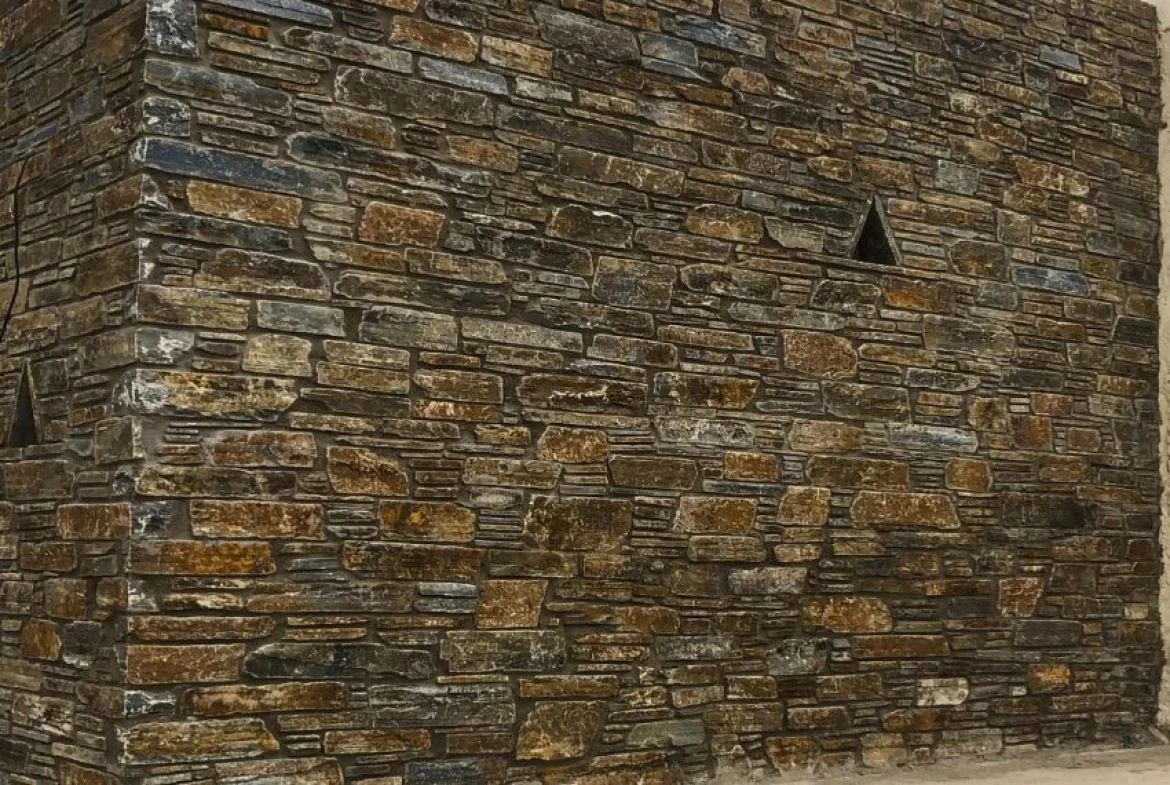


 ΕΛ
ΕΛ  English
English